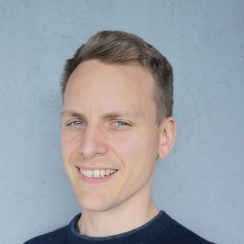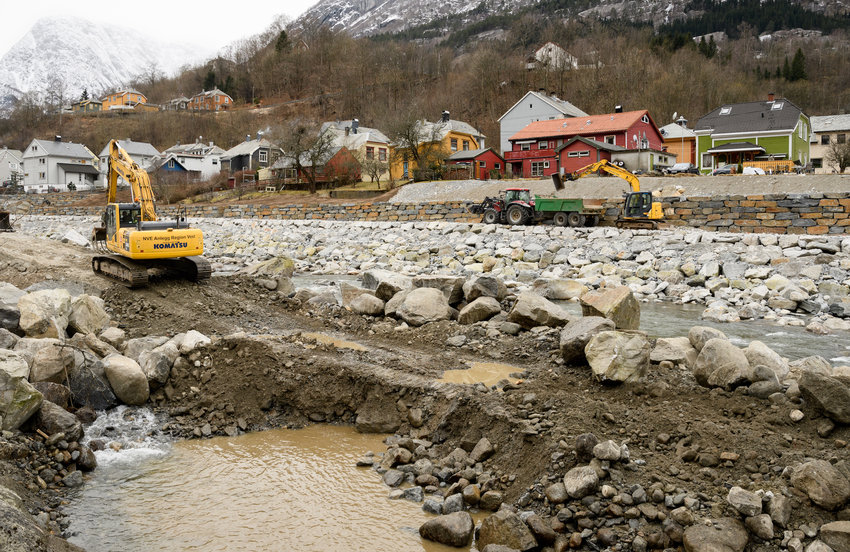«Five questions » is a series that gives you insight into the people who work with and around Climate Futures. In the following, you will get to know Sondre Nedreås Hølleland, who works as an assistant professor at NHH the Norwegian School of Economics.

Tell us a bit about your background
I have a PhD in statistics from University of Bergen, where I worked on volatility modeling of processes that vary in time and space. Volatility is a measure of how much something varies – similar to a standard deviation. After my time at UIB I worked as a researcher at the Institute of Marine Research, where my primary task was to figure out how many herring, mackerel, blue whiting and capelin there is in the Sea and based on that give an advice on how big the yearly catch should be.
What is your role at NHH
I am in a temporary 4-year assistant professor position at the Institute of Business and Management Science. As part of this position, I teach a course in Forecasting one semester per year and mentor master students on their thesis.
In what way are you/ your organisation involved in Climate Futures?
The group at NHH that I work with has an ongoing collaboration with Tryg Insurance and NORCE, where we study precipitation related insurance claims on private houses. We also collaborate with NORCE studying where to optimally place offshore wind farms.
What do you like best about your job?
I like getting a new dataset, exploring it, and trying to build a model to describe it. I think it is interesting and rewarding to work on problems that are relevant for the climate debate. It is also rewarding to teach others and mentor master students.
What do you think about the possibilities that can come out of Climate Futures?
I think the largest advantage that Climate Futures has is that it is a fellowship consisting of people from different disciplines, and by collaborating with people from other fields that you might not talk to otherwise, fun and interesting research can be made.

